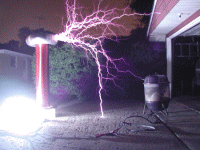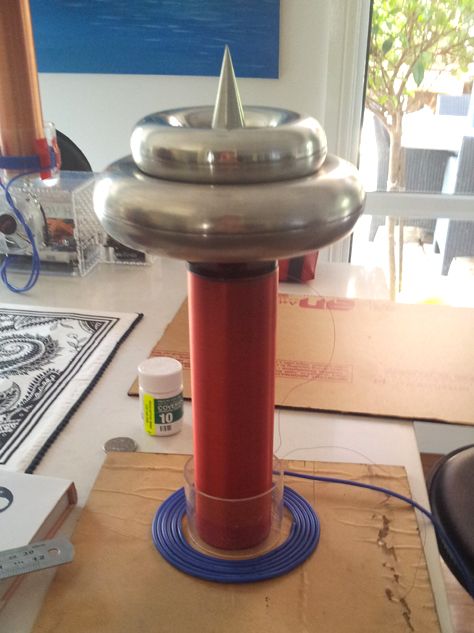Speedy78
0
- Joined
- Dec 17, 2012
- Messages
- 2,081
- Points
- 63
Well the secondary is up at 1100Khz and I like the little topload. I'm sure I can get better output if I knew what my cap was for sure. I don't have any way of measuring.




...Test run was the ity bity coil sitting on it. Decided to make a toroid for it. ...
Edit: Built a small cap from aluminum foil and used the clear top from a binder as dielectric.
For sure the smallest SGTC I have ever seen though I'm sure one of you will link something smaller and more successful. ... Anyone have any recommendations for making a new cap that can withstand out of household materials?
Oh and there was a contest a few years back on the TCML about smallest SGTC; I think the winner had one which was the size of a film canister.
Whats the smallest solid state driver out there...
...and do they make one that only runs from a small DC input, say 19V? Would love to have this on my desk and throwing sparks!

Its like damn magic to me. ... Was using a screw driver but that little f@#ker wasn't as insulated as I thought.



